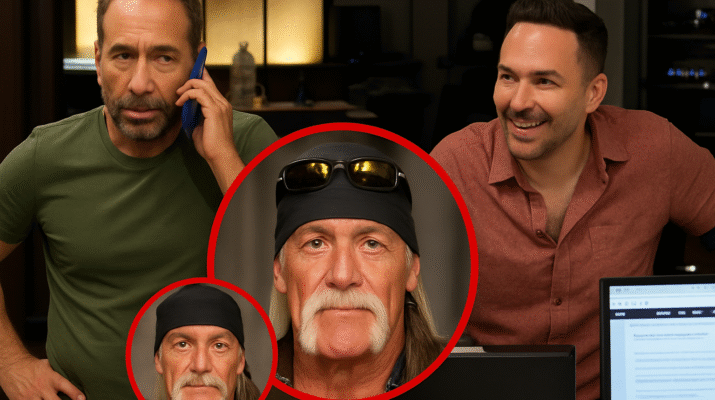🌟 From Wrestling Ring to Cultural Icon
When you think of professional wrestling, one name still echoes louder than the rest: Hulk Hogan. With his trademark bandana, handlebar mustache, and booming charisma, Hogan didn’t just dominate wrestling — he transformed it into a global entertainment phenomenon.
But behind the cheers, flashing cameras, and championship belts lies a story far more human — a journey marked not only by victories, but also by mistakes, heartbreaks, and lessons that redefined him.
🏆 The Meteoric Rise
In the 1980s and 90s, Hogan was the face of the WWF (now WWE). His matches weren’t just fights — they were events that packed stadiums and glued millions to their TV screens.
His legendary bouts with André the Giant, The Ultimate Warrior, and “Macho Man” Randy Savage became the stuff of sports entertainment history. He wasn’t just a wrestler; he was a brand. From action figures to cartoons, Hogan was everywhere — the embodiment of the American hero.
🎬 Beyond the Ring
Hogan’s influence extended well beyond the squared circle. He starred in movies like No Holds Barred, appeared on hit TV shows, and became one of the most marketable faces in sports entertainment history. Kids imitated his famous “Hulkamania” poses, and his “Whatcha gonna do when Hulkamania runs wild on you?” catchphrase became a pop culture staple.
By the early 90s, Hogan was not just a wrestler — he was a household name around the world.
💔 The Private Struggles
However, life outside the spotlight wasn’t always glamorous. Personal scandals, business missteps, and family struggles tested Hogan in ways no steel cage match ever could.
From legal battles to health concerns, Hogan’s journey took turns that reminded fans he was human, not just the immortal persona he played in the ring. Perhaps most heartbreaking were the moments of loss — personal tragedies that would shape the man behind the mustache.
🔄 Reinvention and Resilience
Despite the setbacks, Hogan never disappeared from the public eye. He returned to wrestling in the late 90s as part of the notorious nWo (New World Order) in WCW, once again proving he could reinvent himself and capture the attention of a new generation of fans.
In later years, he embraced roles as a mentor and ambassador for wrestling, sharing the lessons he learned — both from his triumphs and his mistakes.
🧠 The Legacy of a Complex Icon
Hogan’s story is more than a sports biography. It’s a case study in the power of branding, resilience, and the cost of fame.
He remains a beloved figure for many fans, a symbol of childhood nostalgia, and a reminder that even our heroes face battles beyond the spotlight. And perhaps that’s why his story resonates so deeply — because it’s not just about conquering the world, but about finding the strength to keep going when the world seems to turn against you.
